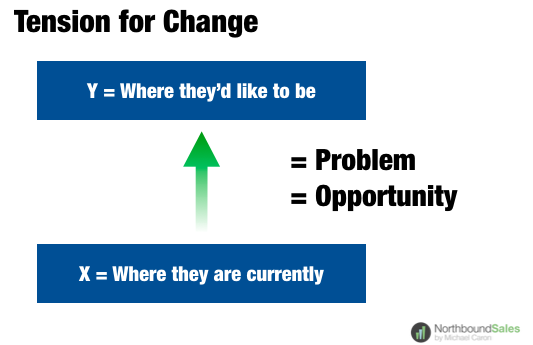In the high-pressure world of sales, maintaining a positive attitude isn’t just a nice-to-have—it’s a critical component of success. Salespeople face rejection, competition, and constant targets, which can be daunting.
Compounding the issue is that 80% of salespeople, and likely you too, have much more than the average of the Influence dimension in their personality. One of the highest needs of people high in Influence is social acceptance. Their biggest fear is rejection, yet paradoxically, we get ourselves into a career that involves a huge amount of it. The average # of prospects: # of sales is more than 20:1. This means that for us to make a sale, we have to be rejected 19 times! It’s not a sales funnel. It’s a rejection funnel!
The ability to maintain a positive attitude throughout all this rejection is not for the light hearted. Despite common opinion, it’s not something you’re born with. It’s a learned behaviour meaning you can learn to get better at it if you want to.
Those who harness the power of positivity not only survive but thrive. Here’s why a positive attitude is a game-changer for sales professionals.
1. Enhances Resilience
Sales is a rollercoaster of highs and lows. A positive attitude equips salespeople with the resilience needed to bounce back from setbacks. When faced with rejection, a positive mindset helps in viewing it as a learning opportunity rather than a personal failure. This resilience fosters a growth mindset, allowing salespeople to continuously improve and adapt.
2. Builds Stronger Relationships
Positivity is contagious. Salespeople with a positive outlook are more likely to build strong, trusting relationships with clients. Customers are drawn to those who are enthusiastic, optimistic, and solution-oriented. A salesperson who radiates positivity can create a more enjoyable and collaborative experience for the client, leading to stronger business relationships and increased loyalty.
3. Boosts Performance and Productivity
A positive attitude directly impacts performance. Research shows that optimism can improve problem-solving skills, creativity, and decision-making. Salespeople who approach their tasks with a positive mindset are more motivated, proactive, and persistent. This leads to higher levels of productivity and better sales outcomes.
4. Reduces Stress and Enhances Well-Being
Sales can be a stressful profession, with constant pressure to meet targets and deadlines. A positive attitude helps in managing stress more effectively. Positivity can reduce anxiety, improve overall mental health, and increase job satisfaction. Salespeople who maintain a positive outlook are more likely to experience job fulfillment and a healthier work-life balance.
5. Drives Team Success
Positivity within a sales team fosters a collaborative and supportive environment. Salespeople who are optimistic can uplift their colleagues, share successful strategies, and create a culture of mutual encouragement. This collective positivity drives team success, as members feel valued and motivated to achieve common goals.
Practical Tips for Cultivating Positivity
- Start with Self-Awareness: Recognize negative thought patterns and actively work to replace them with positive ones.Set Realistic Goals: Break down larger objectives into achievable tasks to maintain a sense of progress and accomplishment.Celebrate Small Wins: Acknowledge and celebrate successes, no matter how small, to build momentum and confidence.Practice Gratitude: Regularly reflect on what you’re grateful for in your personal and professional life.Stay Connected: Surround yourself with positive influences and seek support from mentors and colleagues.




